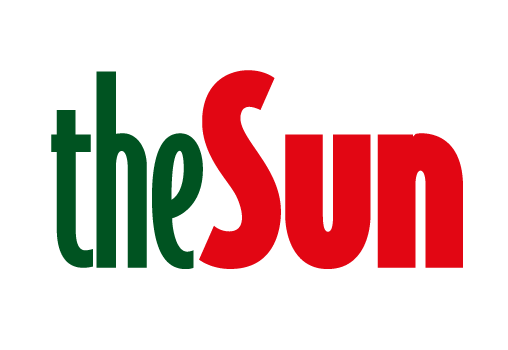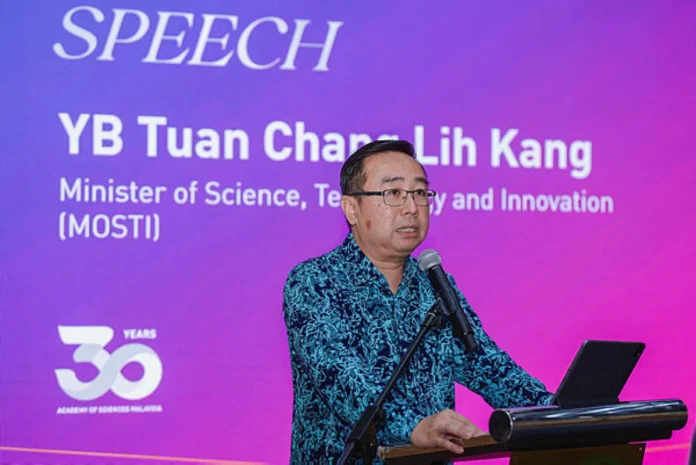Malaysia introduces Innovation Readiness Level framework to strengthen innovation ecosystem and drive economic growth through research commercialisation
KUALA LUMPUR: The Ministry of Science, Technology and Innovation will introduce the Innovation Readiness Level framework to strengthen Malaysia’s innovation ecosystem.
Minister Chang Lih Kang said the framework developed by the Academy of Sciences Malaysia offers a comprehensive rubric to assess innovation readiness across 11 dimensions.
These dimensions include technology maturity, customer understanding, and market competitiveness.
“The framework goes beyond traditional Technology Readiness Level and provides a more holistic measure of innovation potential,” he said.
Chang stated that its adoption marks an important step toward ensuring research investments generate tangible economic outcomes.
“The creation of high-value products will drive Malaysia’s socio-economic advancement and strengthen local companies’ competitiveness,” he said.
He spoke at the Recognition of 2024/2025 Top Research Scientists Malaysia ceremony at MATRADE Tower.
The event honoured 32 top scientists for advancing science, technology, innovation, and economy.
Chang said the IRL framework complements the National RDICE Roadmap 2025-2030 recently launched by MOSTI.
The roadmap outlines three pillars, six strategies, and 27 action plans to address structural challenges.
A key strategy involves linking research excellence with market demand to create competitive innovation.
The government remains committed to building a robust RDICE ecosystem under the National Science, Technology, and Innovation Policy.
MOSTI aims to increase researchers to 130 per 10,000 labour force members by 2025 from the current 55.
ASM Vice-President Prof Datuk Dr Looi Lai Meng emphasized mission-oriented research approaches.
“This approach positions government as market shaper and aligns innovation with national priorities,” she said.
National priorities include food security, clean energy, healthcare, and water sustainability.
Between 2023 and 2025, 62 TRSM recipients were listed among Stanford University’s World’s Top 2% Scientists. – Bernama







